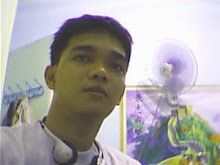There are several treatment options for organ failure or tissue loss – transplants, reconstructive surgery, artificial prosthesis or mechanical devices (kidney dialyzers, prosthetic hip joints, mechanical heart valves), but unfortunately, they are imperfect. There's a declining availability of organs, there's the need for multiple surgery in the case of autografts and mechanical devices do not have the capacity to perform all functions of an organ. Prosthetic replacements present risks such as thrombosis, an increased susceptibility to infection, limited durability, need for reoperations.In this context, the emergence of the science called tissue engineering is more than just salutary. The purpose of tissue engineering is to create tissues in culture for use as replacement tissues for damaged body parts. Within the past 10 years, the creation of bioartificial tissues has achieved a series of successes.
The science of tissue engineering combines the principles of bioengineering, cell transplantation, hematology ad those of material science/engineering, for the unique goal of generating bioartficial tissues and organs. Skin, cartilage and bone have been synthesized in the laboratory, and success has been predicted in the creation of blood vessels, blood and organs such as heart, lungs, pancreas, and liver. Attempts have been made to create artificial corneas, intestines and heart valves. Bladders have been bioengineered and implanted in dogs, with total success.
The process generally comprises of the isolation of cells from a patient and their growth on three-dimensional templates or scaffolds (matrices), under the conditions necessary for them to develop into functional tissue. Then, the tissue-biomaterial construct is implanted into the patient. The biomaterial gradually absorbs, ensuring that only the natural tissue remains in the body, having acquired the shape of the material. This process completed, the bioartificial tissue becomes structurally and functionally integrated into the body.
Subscribe to:
Post Comments (Atom)

No comments:
Post a Comment